What Are The Main Cuts of Lamb, and How to Use Them at Best
Among the most popular are the tender and tasty ribs and leg, but also other cheap parts such as the shoulder and neck can be enhanced to the fullest, what matters is choosing the correct cooking. Here is our guide.

Sheep meat is probably the first to appear on the tables of countries bordering the Mediterranean, including lamb. It is a food that has always been rich in symbolic and religious meanings linked to the popular traditions of shepherds and to Christianism. In particular, it is the Easter period that wants lamb among the protagonists of various recipes that propose it, for example, stewed, baked or grilled. In recent times, the debate on whether it is right or not to eat it has become increasingly felt: we are talking about a very young animal, which often does not live more than 6 months because it is destined for slaughter.
There are those who do not consume it for ethical reasons, and those who instead consider it a delicious raw material due to its age. In the kitchen, it is correct to make your own personal evaluations: what should never be missing is the awareness of what you are buying, where in the case of a living being within the quality parameters, respect for its well-being plays a fundamental role, starting from breeding. Knowing the cuts to use can also be useful in choosing the most correct preparation to enhance them, thus avoiding waste that is now unjustifiable.
Lamb and Suckling Lamb: The Differences
As just specified, the lamb is a very young animal: in simple terms, it refers to the baby sheep that has not yet turned 12 months old. In fact, at one year of age, it becomes an adult and takes the name of ram. Within the category, however, there is a further division where the suckling lamb appears, an even smaller specimen that at the time of slaughter (i.e. around 30-40 days) has fed only on its mother's milk.
Both have lean, pink meat, with a characteristic but delicate flavor, which in lamb is slightly stronger, given that after weaning it has also taken in grass, hay and cereals. Nothing to do with the persistent and pungent flavor of sheep.
What Are the Main Cuts of Lamb?
As with other animals, lamb also has more noble and cheaper cuts. Compared to beef, it has much less of them. There are more valuable parts such as the loin or leg and others that we could define as second choice, so that cooking is versatile. Marinades with wine and aromatic herbs are particularly suitable, which soften the taste, help maintain softness and give aroma.
1. Rack and Chops
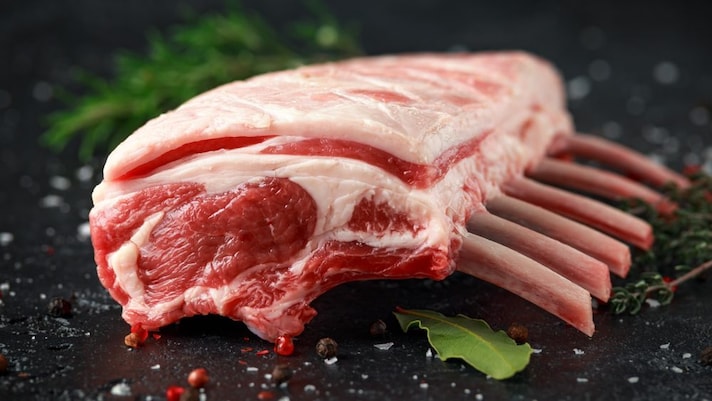
The rack is one of the most well-known and loved cuts of lamb, obtained from the back of the animal. The meat is tender, with a fair amount of fat that adds flavor and softness when cooked: it can be found in the butcher's shop as a whole piece, that is with all the chops attached, or with the latter divided and sold individually. One of the most classic presentations is called French rack, with the bones cleaned of excess meat and fat, resulting in a very scenic look. It is cooked whole in the oven, while when it is already portioned, quick cooking on the grill or on the griddle is the most suitable, or the ribs are breaded and fried.
2. Lamb Leg
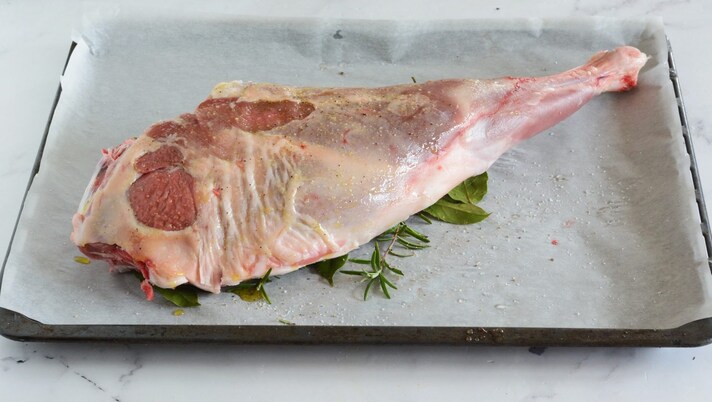
When we talk about leg we are referring to the rear leg of the lamb, a noble and generous cut, composed of robust but generally lean muscles. It has an elongated shape and can be cooked with the bone, without and stuffed once deboned. It is ideal for baking or grilling, which enhances its strong flavor and compact consistency: it traditionally appears on the Easter table as a roast.
3. Loin and Flank

Particular cuts, the loin and flank are located in the lumbar area, between the rack and the leg. We are faced with sought-after parts, tender and with a low presence of connective tissue. They can be cooked whole, removed from excess fat, marinated and browned in a pan and then put in the oven. From the piece you can obtain perfect fillets to be seared for a few minutes always in a pan with extra virgin olive oil, garlic and sprigs of rosemary: the flavor is mild and goes well with wine reductions or butter and herb sauces.
4. Lamb Shoulder
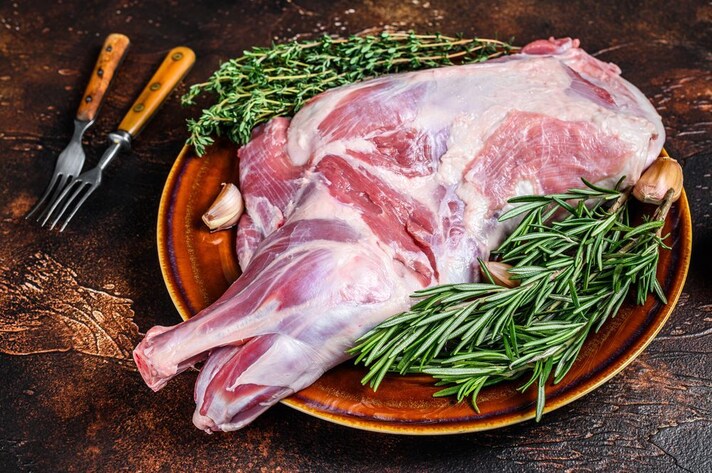
Rich in cartilage that melts when it comes into contact with heat, the lamb shoulder is a cheaper cut than the previous ones, tough, but which guarantees good tenderness, has a firm consistency and a high yield. It also has the advantage of being easily deboned (an operation that the butcher can do) so as to make it stuffed. So make room for rustic roasts, rolls, perhaps accompanied by baked potatoes ideal for Sunday roast, stews and ragù, for example to season a substantial plate of tagliatelle.
5. Lamb Breast
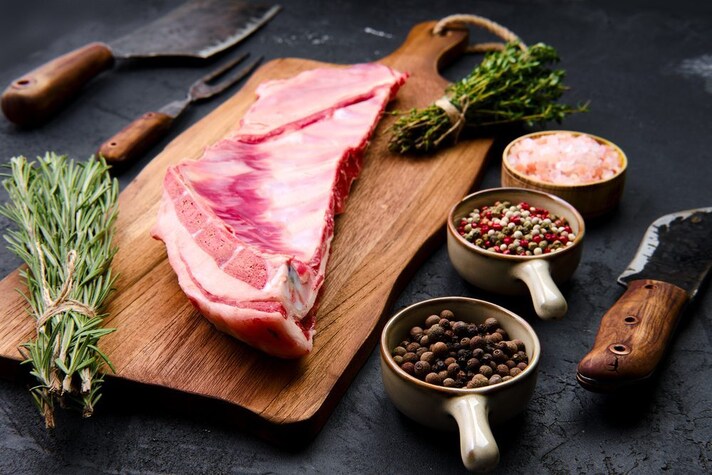
The breast is located in the lower part of the chest, under the shoulder: although in many animals (chicken first and foremost) it is one of the leanest cuts, this is not the case for lamb, where it is one of the fattiest. How is it enhanced? It lends itself well to being rolled and stuffed, or cut into small pieces: in both cases, long cooking over low heat, like that of braising in a saucepan, gives it the right amount of softness.
6. Lamb Neck
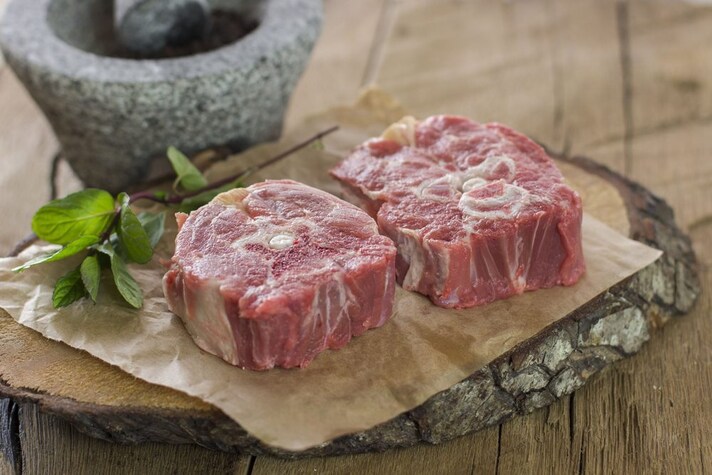
Often underestimated, but with great potential, there is the neck. It is found on the market mainly in the form of neck rings, portioned into medallions with the central bone surrounded by meat, which in some ways resembles ossobuco. They have in common a low cost and a good quantity of pulp and cartilage: a cut that gives its best when subjected to prolonged cooking. Green light for stews, thick sauces, ragù and as a raw material for a brown stock with an intense flavor.
;Resize,width=767;)
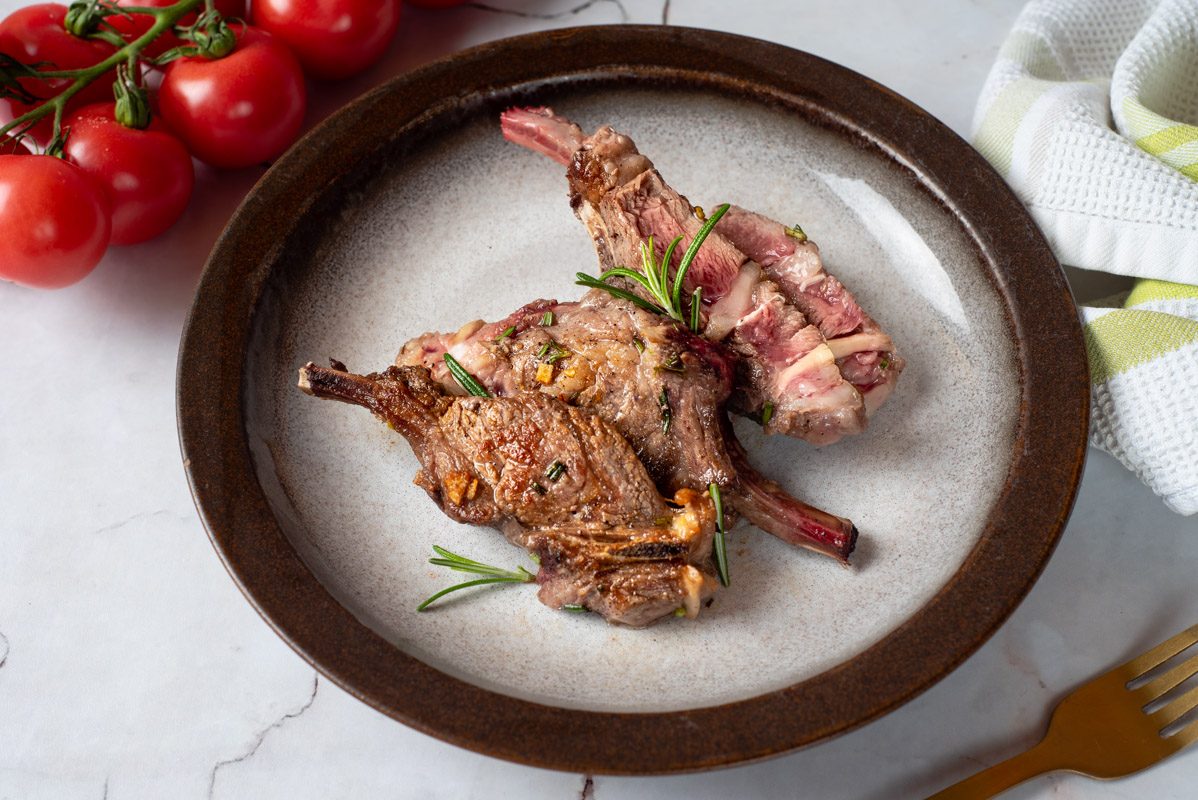;Resize,width=712;)
;Resize,width=712;)

